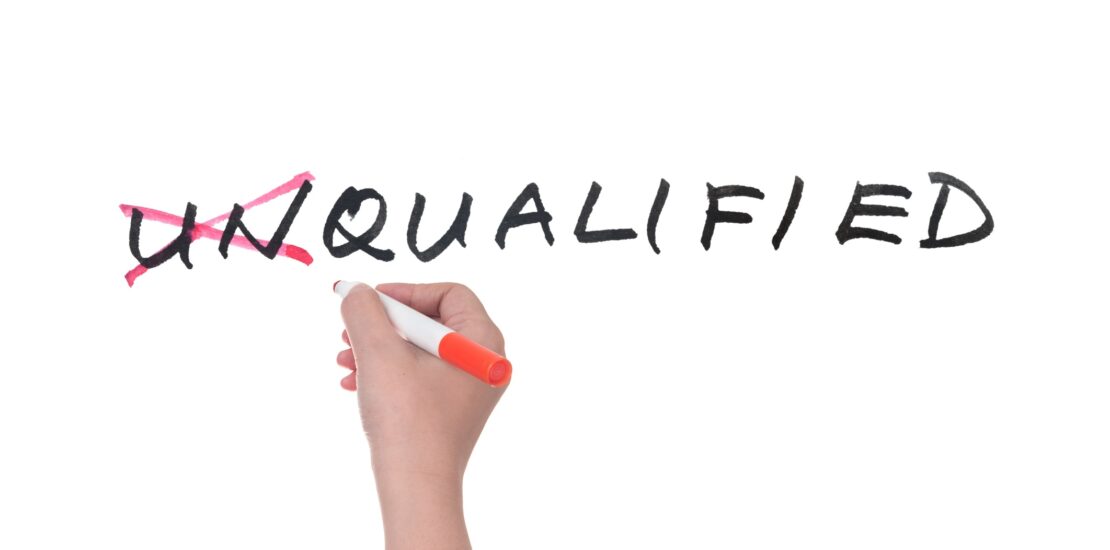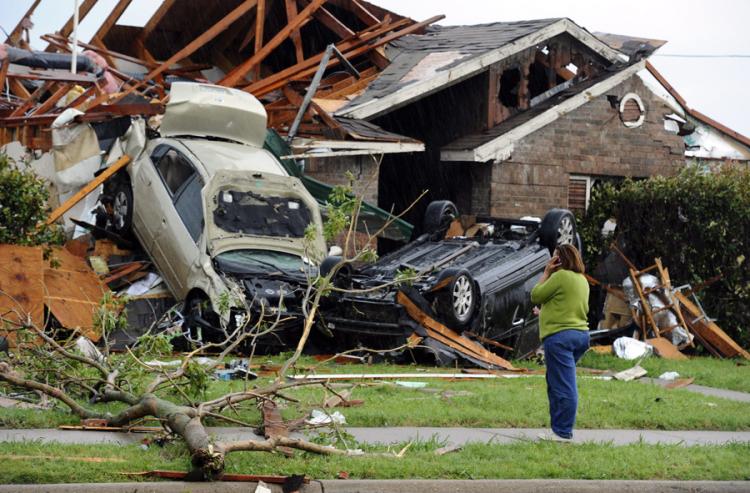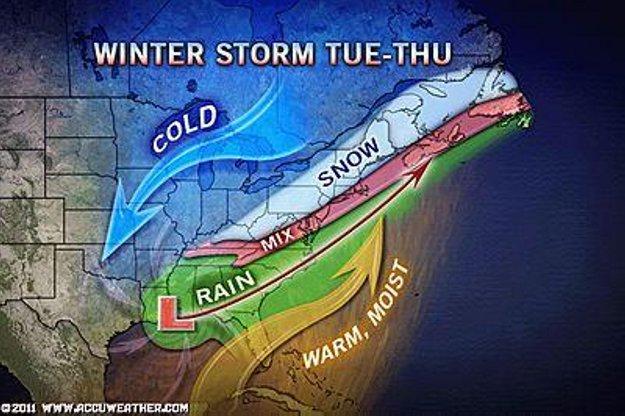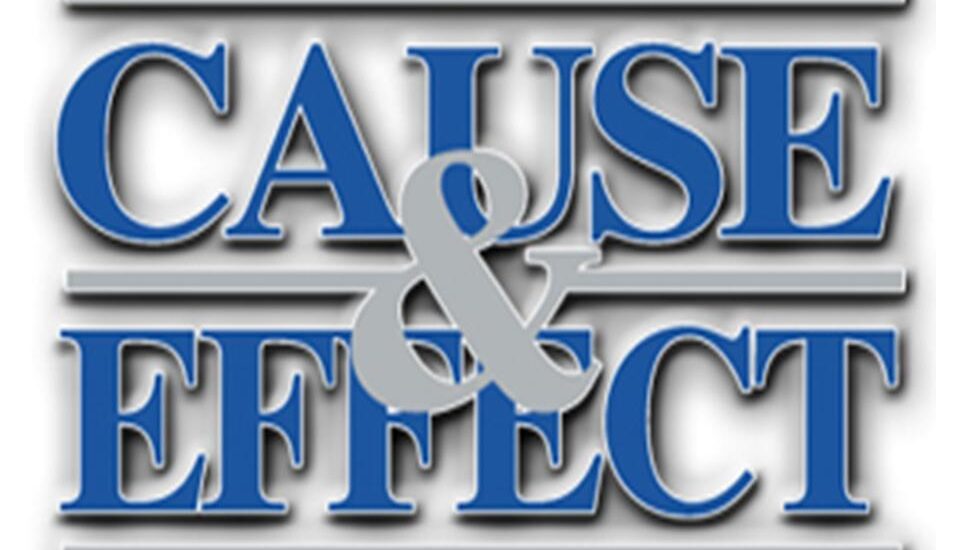-
Why You Will Finally Pay the Price of Not Selling Value
- March 17, 2020
- Posted by: Dave Kurlan
- Category: Understanding the Sales Force

-
How Companies Choose Sales Training Companies is Backwards
- February 11, 2020
- Posted by: Dave Kurlan
- Category: Understanding the Sales Force

Do you partake of dessert prior to eating your appetizer? Do you eat your dinner in the morning and have breakfast at night? Would you prefer to have the builder complete the finish work on your new house prior to framing it and installing the roof? Would you back your car out of the garage before opening the garage door? (I’ve actually done that by accident – twice!)
It’s all quite silly. You wouldn’t think of doing those things in that order but that’s how most companies choose sales training companies. After 35 years in the sales training industry, I’m qualified to comment on this silly behavior, and explain why companies have it all backwards.
-
Data Shows 1st Year Sales Improvement of 51% in this Competency
- September 18, 2018
- Posted by: Dave Kurlan
- Category: Understanding the Sales Force

I looked at the before and after scores for eight of the 21 Sales Core Competencies as well as the Reaches Decision Makers, Account Manager and Farmer competencies for a total of 11. See the table below:
-
B2B Salespeople Send 16,000+ Unqualified Proposals Each Day!
- November 30, 2017
- Posted by: Dave Kurlan
- Category: Understanding the Sales Force

If you have a role in sales or sales leadership then what could be better than knowing exactly how you and/or your salespeople REALLY compare with the other salespeople in your industry or in the world? Could anything be more fascinating than a visual or infographic depicting how effective your sales force is at various aspects of selling? And what if these visuals could demonstrate that B2B salespeople create and send more than 16,000 inappropriately timed proposals each day? Cool, huh? More on that data in a minute.
-
How Executives Fail to Understand the Reasons for Poor Sales and Revenue Performance
- August 11, 2017
- Posted by: Dave Kurlan
- Category: Understanding the Sales Force

I can tell you that once in a blue moon, after we evaluate a sales force and present our findings, a rare CEO can become defensive and react poorly to the results. When it happens, it’s usually a sign that the CEO is out of touch with the sales force. I’ll share some of the things to which they sometimes react badly:
-
Great, Previously Unread Sales Research Uncovered
- August 2, 2017
- Posted by: Dave Kurlan
- Category: Understanding the Sales Force

I thought I was pretty smart but I was wrong. The authors of this article are way smarter than me.
-
Top 10 Reasons Why Sales Don’t Grow
- August 24, 2016
- Posted by: Dave Kurlan
- Category: Understanding the Sales Force

Despite knowing that things don’t fix themselves, thousands of executives believe that sales problems will resolve themselves, change, and improve. Why?
That’s the key question. Because when you don’t know exactly what’s wrong, it’s much easier to remain in denial.
-
Why Uncovering Pain Doesn’t Close the Sale with a CEO and the 3 Conditions You Do Need
- April 4, 2016
- Posted by: Dave Kurlan
- Category: Understanding the Sales Force

I want to share 5 out of more than 100 important insights that they took away which apply equally to you too.
-
Sales Coaching and the Challenges of Different Types of Salespeople
- February 8, 2016
- Posted by: Dave Kurlan
- Category: Understanding the Sales Force

Recently a reader directed me to a video on the Harvard Business Review site. They rarely have accurate, relevant sales-specific information there, so I clicked over with great anticipation.
-
Learn How We Discovered They Had the Wrong Salespeople
- February 1, 2016
- Posted by: Dave Kurlan
- Category: Understanding the Sales Force

Would you believe me if I told you that in a recent sales force evaluation, nearly 50% of the 300 inside salespeople were not in the right role? Recently, we evaluated a large inside sales force and I thought it might be interesting to share some of the more unusual findings that were responsible for this sales team’s inability to achieve the revenue goals that the company expected from them.

